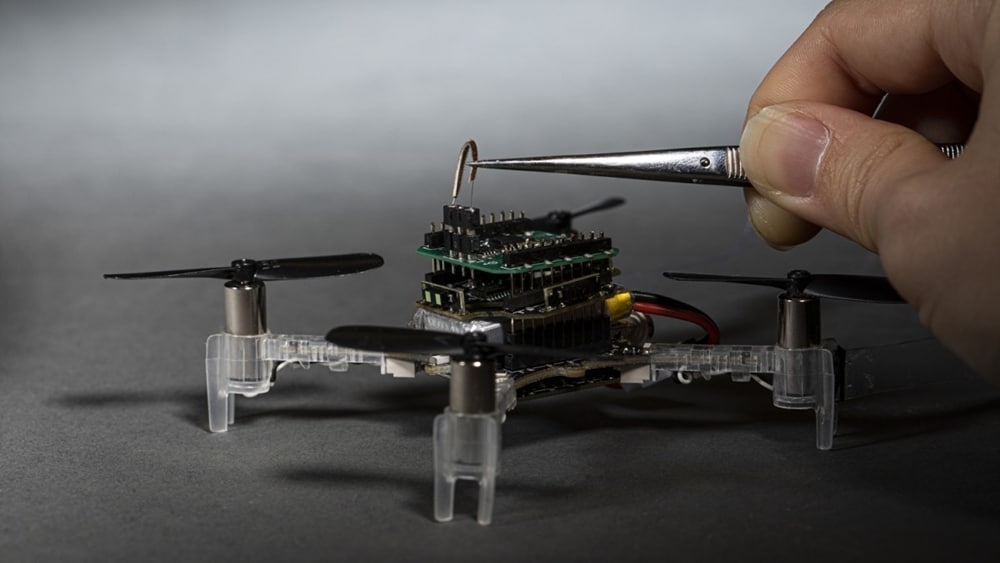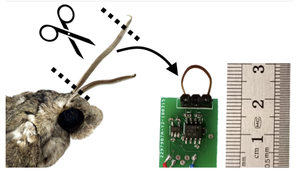Researchers at the University of Washington have built a small drone dubbed the ‘Smellicopter’ to sniff out dangerous chemicals. Instead of coming up with new tech, the team decided to learn from mother nature and used moth biology to design the drone.
The Smellicopter uses a carefully removed common hawk moth’s antenna mounted on a tiny drone platform equipped with collision avoidance and other built-in logics. According to the researchers, none of the human-made sniffers have the ability to detect toxic particles with sensitivity found in the moth’s antenna.
Since moths cannot be trained to fly toward toxic plumes of gas and report back their findings, the team had to come up with a workaround.
UW grad student Melanie Anderson, the lead author of the paper describing the Smellicopter, said,
Nature really blows our human-made odor sensors out of the water.
The antenna is activated by passing a light current through it. This way, the antenna’s general status, which changes when exposed to certain chemicals, can also be monitored.
Here’s a video of the smellicopter location the odor source.
ARVE Error: src mismatchprovider: youtube
url: https://youtu.be/8SGx2qmo9M4
src in org: https://www.youtube-nocookie.com/embed/8SGx2qmo9M4?feature=oembed&modestbranding=0&showinfo=0&rel=0&autoplay=1
src in mod: https://www.youtube-nocookie.com/embed/8SGx2qmo9M4?modestbranding=0&showinfo=0&rel=0&autoplay=1
src gen org: https://www.youtube-nocookie.com/embed/8SGx2qmo9M4
When the cybernetic moth-machine was tested, researchers found that it performed better than a traditional sensor of comparable size and power. The cells in the antenna are excited by the particles wafting over them. As a result, it created a fast, reliable, and accurate signal for those chemicals. However, the antenna is only activated when it senses the chemicals it is built to detect. Reprogramming it can be tough but not impossible, as per the researchers.
If everything works out, this research could be a very promising fusion of artificial and natural ingenuity and can be used in many industrial applications.























